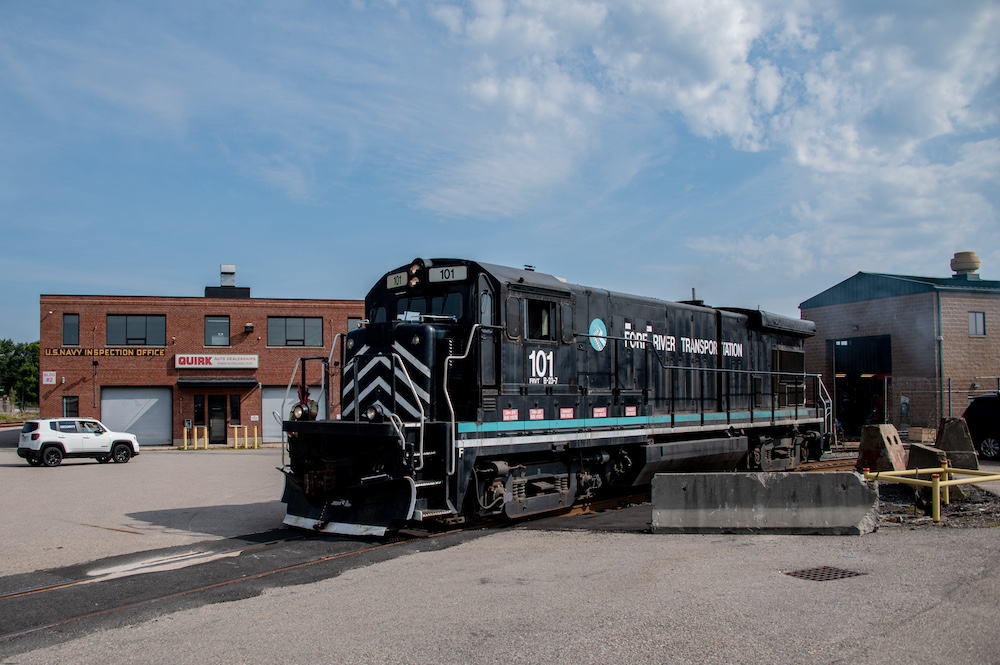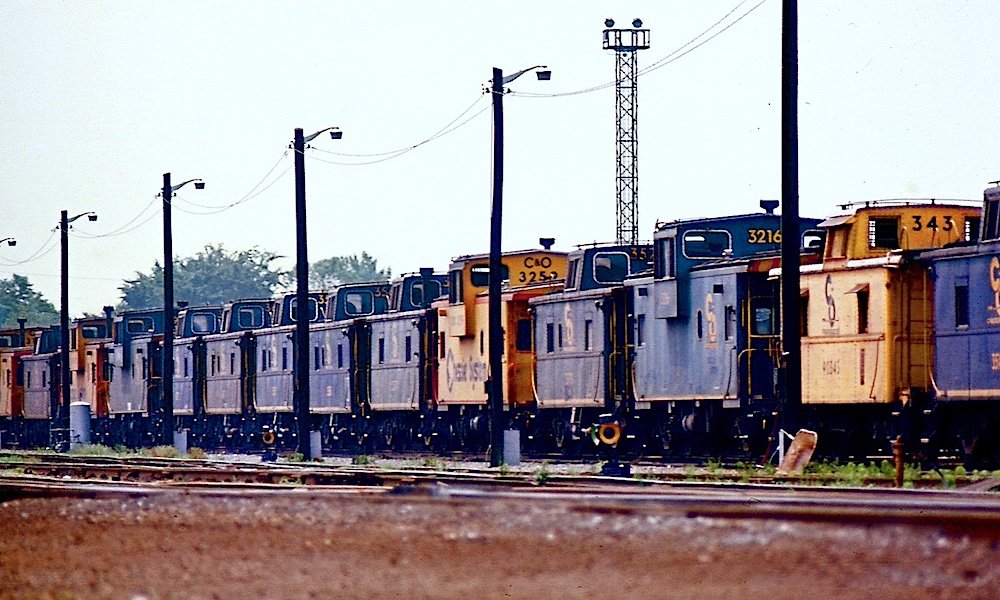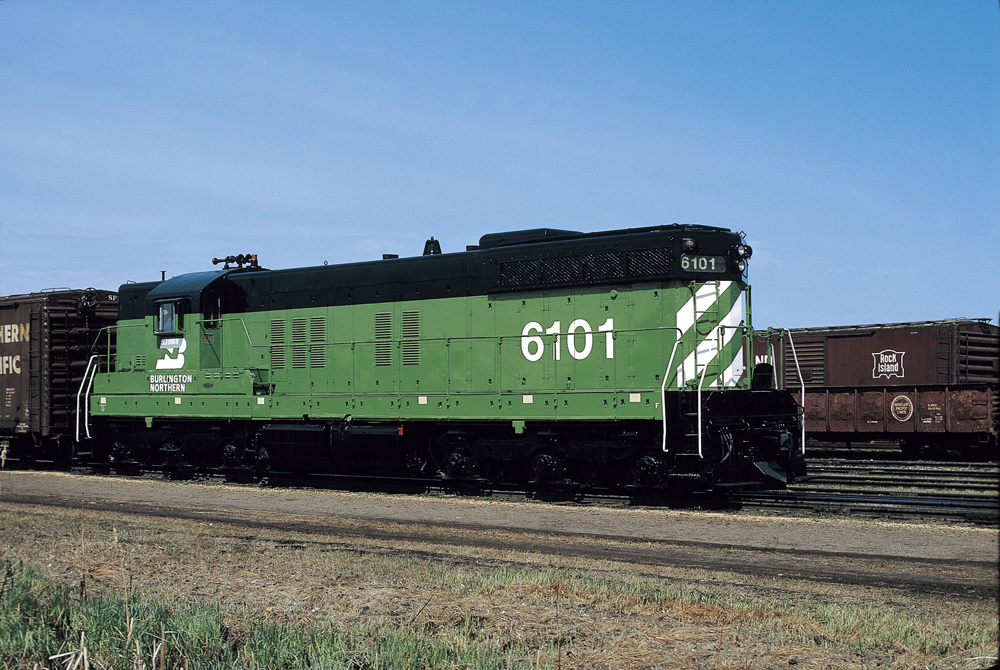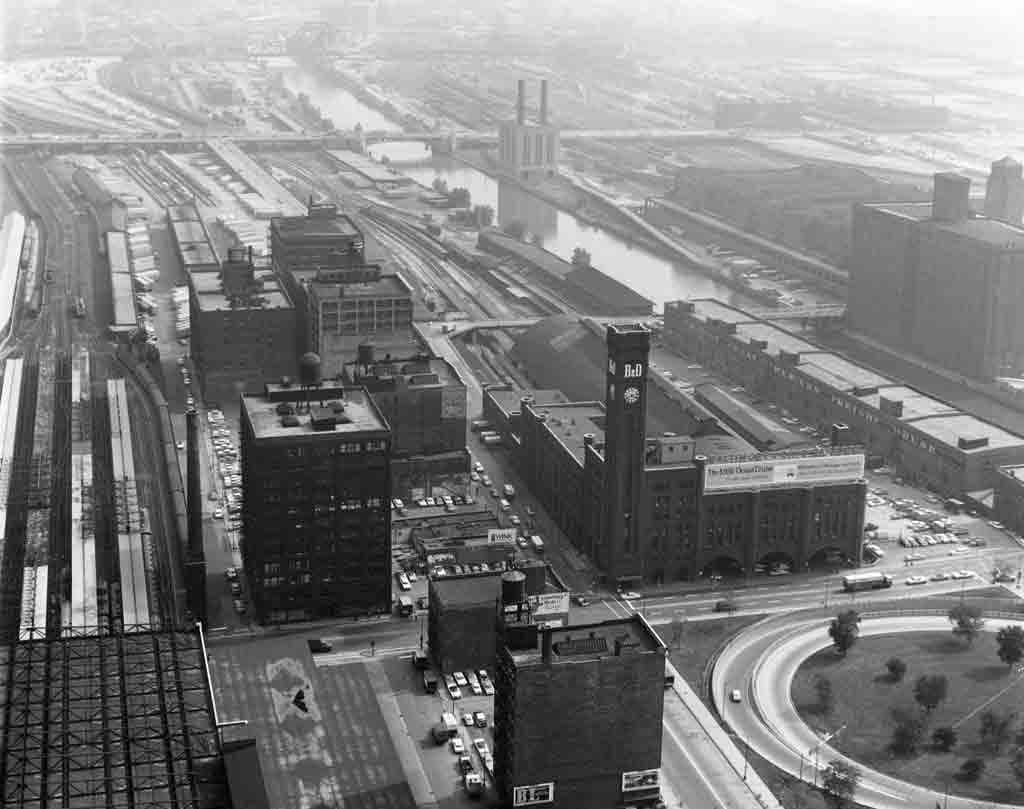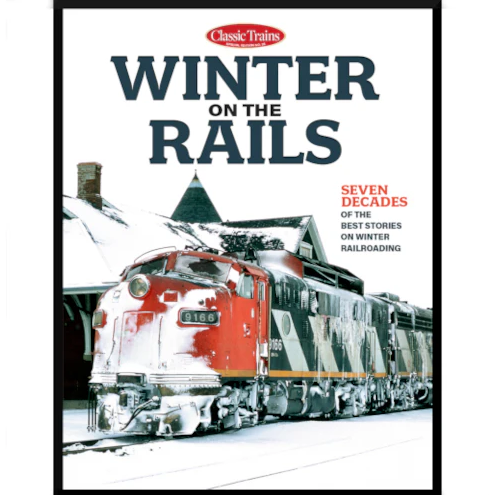Bombardier LRC diesel locomotives were built for the future using beloved Alco components of old.
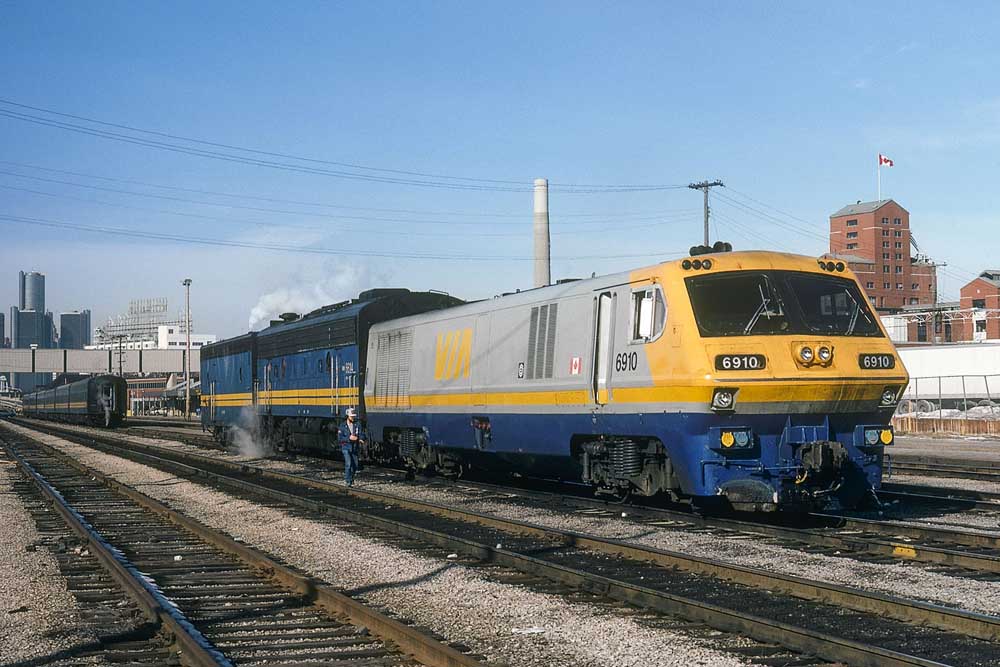
“From the tip of its pointed nose to its electric tail-end markers, the LRC locomotive is refreshingly different, but at heart it is nothing more than a third-generation FPA,” wrote Greg McDonnell in the July 1983 issue of Trains. This, of course, referenced the beloved Montreal Locomotive Works FPA4 of diesel passenger locomotives that hung on in Canada into the 1980s.
MLW first offered the futuristic, low-slung LRC — Light, Rapid, Comfortable — train and locomotive in 1973. The aluminum-bodied prototype unit was developed by MLW and two partner suppliers, Alcan Canadian Products and Dominion Foundries & Steel (a.k.a. Dofasco). It was powered by the venerable Alco-design 12-cylinder 251 prime mover generating 2,900 hp and measured just 11 feet, 5 inches over the rails and 66 feet, 4 inches long. After diversion of head-end power for the passenger cars, the unit was left with 2,000 hp to deliver to the rails.
That demonstrator was followed by two similar units leased to Amtrak in 1980 and a production order for 31 units for VIA Rail Canada. (In the interim, MLW morphed into Bombardier in 1978.) They were powered by 16-cylinder 251F prime movers generating 3,725 hp. Nos. 6900-6920 were delivered in 1982 while Nos. 6921-6930 were delivered in 1983. The LRC was the first new equipment ordered by VIA Rail after its creation in 1977.
VIA Rail’s Bombardier LRC diesel locomotives and the complementary passenger equipment were built for service in the Montreal-Toronto-Windsor corridor. They were equipped with tilting technology to enable quicker running over existing infrastructure, which proved troublesome.
“While the introduction of LRC equipment on all premier trains on this route has been frustrated by their mechanical troubles, the low-slung, blunt-faced Canadian speedsters do run regularly, albeit at conventional velocities. (LRC equipment presently has an 80-mph speed restriction.),” wrote Tom Nelligan in the November 1983 issue of Trains. “When they work right, the LRC’s provide unparalleled smoothness and quiet.”
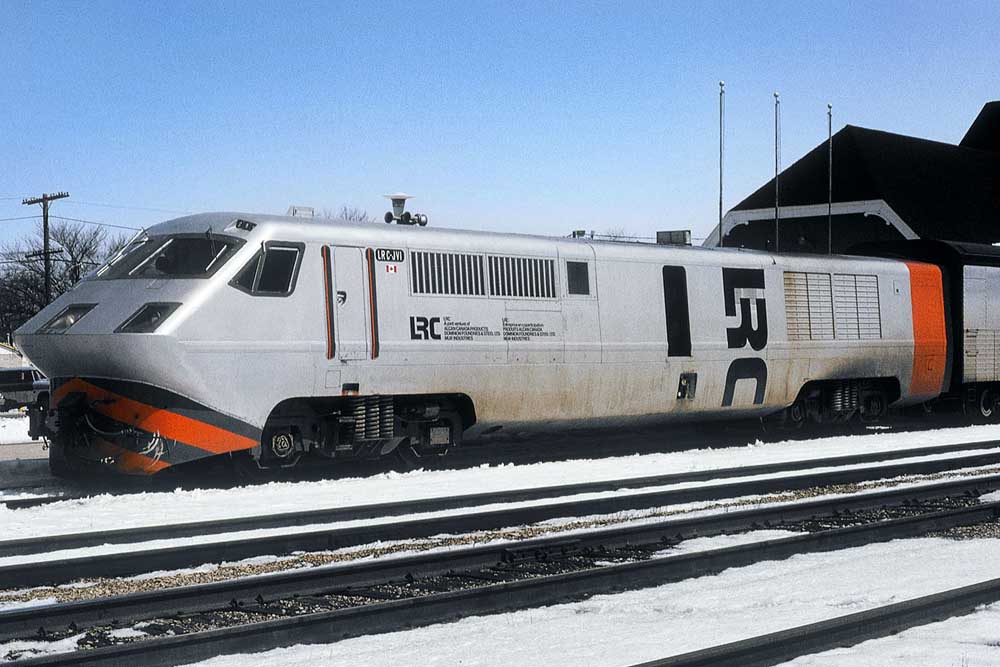
Amtrak leased two LRC train sets each consisting of a locomotive, cafe, and four coaches between 1980 and 1982. On Amtrak they were painted in a predominantly white paint scheme with red and blue stripes below the windows. The locomotives carried Nos. 38-39. They operated on the former New York, New Haven & Hartford “Shore Line” between New Haven, Conn., and Boston. At the time, Amtrak had a number of Alco-powered RS3s in work train service in the Northeast. The LRC locomotives went to VIA Rail after the end of their lease where they became Nos. 6941-6942.
By late 2000 only seven of the 34 units built were still in service for VIA Rail. The former demonstrator and Amtrak units had been scrapped and most of VIA’s fleet stored after national rail service cuts in 1990.
With the delivery of VIA’s new General Electric P42DC diesel locomotives in progress, the last LRC-powered train operated on Dec. 12, 2001. No. 6907, the final locomotive in operation, was just 21 years old at the time.






